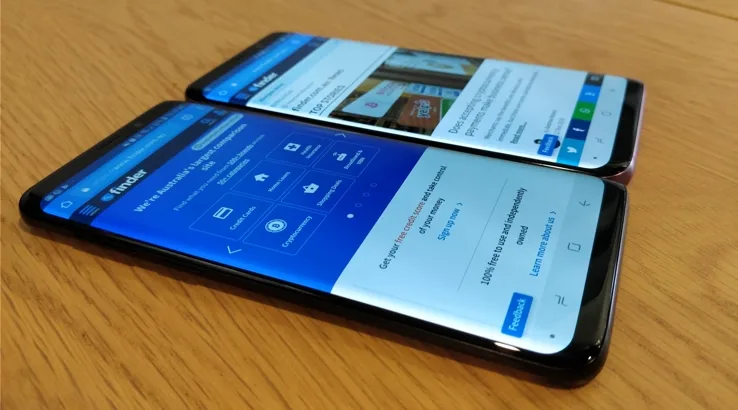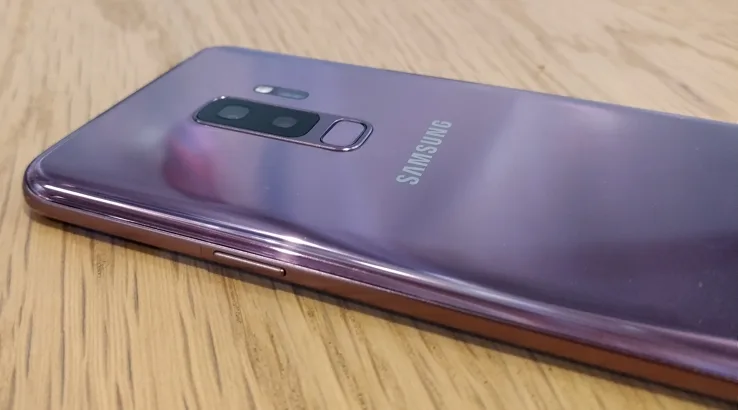Samsung Galaxy S9+ review: Plans | Pricing | Specs

-
- Battery Score
4.5
- Camera Score
4
- Design Score
4
- Performance Score
4
- Battery Score
4.5
Summary
The Galaxy S9+ has its share of gimmicky nonsense, but a serious upgrade in camera optics, combined with top-notch performance and battery life make this an exceptional phone in the premium space.
- Dual aperture camera works well
- Great application performance
- Landscape icon mode
- Great battery life
- Headphone jack still present
- Fingerprint sensor still tricky to hit
- AR Emoji is a dumb gimmick
- Bixby button can't be easily remapped
Details
Pricing & Availability
| Launch price (RRP) | $1,349 |
| Launch date | 2018-03 |
The Galaxy S9 and Galaxy S9+ are Samsung's premium flagships, replacing last year's Galaxy S8 family as well as offering improved performance over its own Galaxy Note 8 phablet device.
As you'd expect, there's a lot of hype around Samsung's new handsets, but then, let's face facts. The vast majority of premium Android handset sales go to Samsung, so it's very much Samsung's market to lose to competitors such as Sony, LG, Huawei or Nokia to name but a few.
Any of Samsung's competitors would kill to have its market position, and that means its flagship devices really have to deliver to keep wowing the masses.
Hype is one thing, but in a mature smartphone market where the points of differentiation between premium and mid-range devices are blurring with astonishing rapidity, you've got to have something to live up to that hype.
Design
- Continues the elegant design of the Galaxy S8 series, albeit with a more comfortably positioned fingerprint sensor
- Stereo speakers expand the audio capabilities of the Galaxy S9+
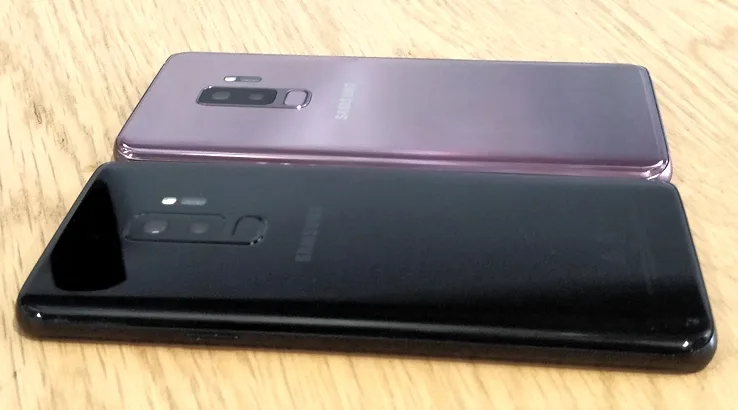
Camera
- The new dual-lens camera array is capable of truly exceptional photography
- AR Emojis, on the other hand, are a disappointing gimmick
Performance
- The Galaxy S9+ packs more than enough power for most phone users, especially when gaming
- Android Oreo is a welcome addition, but Samsung's track record suggest Android Pie support might be a ways off
Battery life
- Thanks to some excellent optimisation, the Galaxy S9+ delivers impeccable battery life that stands as the best in the premium space
- Qi wireless charging and a bundled fast-charger provide plenty of options when you do need to juice up
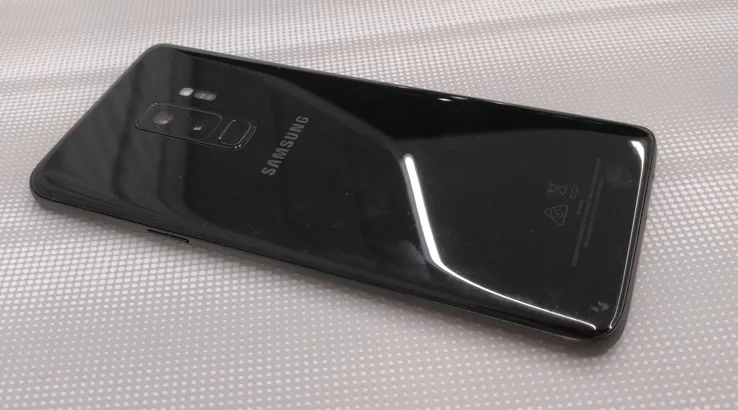
Verdict
- The Galaxy S9+ is simply one of the best options in the premium smartphone market
- That said, the improvements are only incremental over the previous Galaxy S8 line
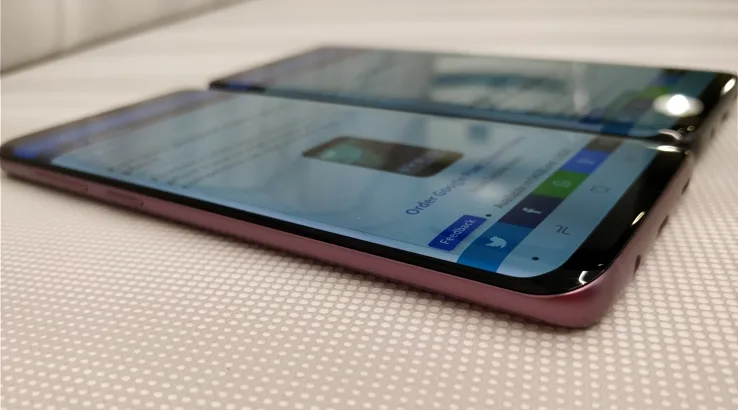
Pricing and availability
- Price: RRP $1,349 for the 64GB model and $1,499 for the 256GB version
- You can often find a better deal by comparing prices on the Galaxy S9+ from Australian retailers.
Specifications
Display
Camera
Physical Dimensions
Connectivity
Power, storage and battery
Device features
Latest Samsung Galaxy news
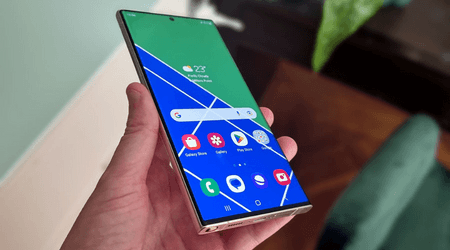
Where to buy the Samsung Galaxy S23 in Australia
Find out where you can buy the Samsung Galaxy S23 phone range in Australia right now.
Read more…
Samsung Galaxy S23 range: Australian specs, price and availability
As expected, Samsung's got a trio of fancy new smartphones to kickstart its 2023 smartphone strategy.
Read more…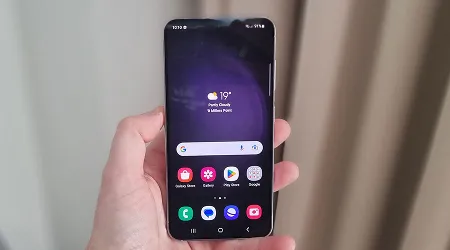
Hands-on with Samsung Galaxy S23: Which model is best?
We went hands on with Samsung's new Galaxy S23 range to determine which one is best.
Read more…Image: Shutterstock

